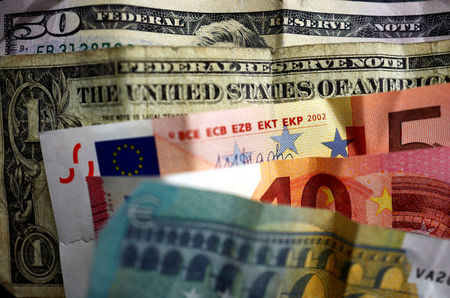
Investing.com — Oil prices edged higher Thursday, bouncing after two straight days of losses despite a smaller than expected draw in U.S. inventories raising concerns over cooling demand.
At 07:50 ET (11:50 GMT), Brent oil futures rose 0.4% to $77.86 a barrel, while West Texas Intermediate crude futures climbed 0.6% to $74.97 a barrel.
US inventories fall by less than expected
U.S. oil inventories saw a smaller than expected draw of 0.85 million barrels in the week to August 23, data from the Energy Information Administration showed on Wednesday.
Gasoline inventories saw a bigger-than-expected draw, but distillates saw an unexpected build.
The mixed inventory readings ramped up concerns that U.S. oil demand will cool as the travel-heavy summer season comes to a close. Fears that a slowing U.S. economy will weigh on demand also remained in play, following a string of weak readings on the labor market in recent weeks.
Libya supply risks persist
Still, production disruptions in Libya kept traders attaching some risk premium to crude, as did signs of a sustained conflict in the Middle East.
Libya halted production at most of its major oilfields this week amid a growing row over the country’s central bank.
The Central Bank of Libya is the only internationally recognized depository for payments for Libya’s oil exports, and is controlled by the internationally recognized government in the western side of the country.
But the eastern side, which holds most of the country’s oilfields and is controlled by separate leadership, recently called for a change in the central bank’s leadership, and shut down all oil production.
Libya produced about 1.2 million barrels per day in July, with any extended shutdowns in production heralding a global oil supply shortfall.
US economic data due
The focus Thursday is now on second-quarter U.S. gross domestic product data, as well as weekly initial jobless claims, for more cues on the world’s biggest economy.
The first reading on Q2 GDP had shown the U.S. economy remained resilient, spurring hopes that the world’s biggest economy was set for a soft landing, but recent data has also shown a weakening labor market.
PCE price index data – the Federal Reserve’s preferred inflation gauge – is also due on Friday, amid growing optimism over interest rate cuts.
(Ambar Warrick contributed to this article.)
This post is originally published on INVESTING.


